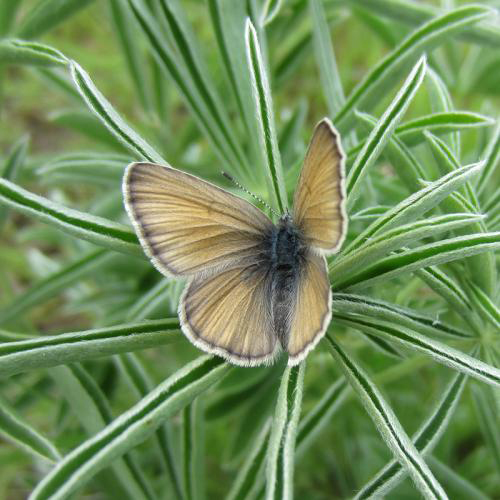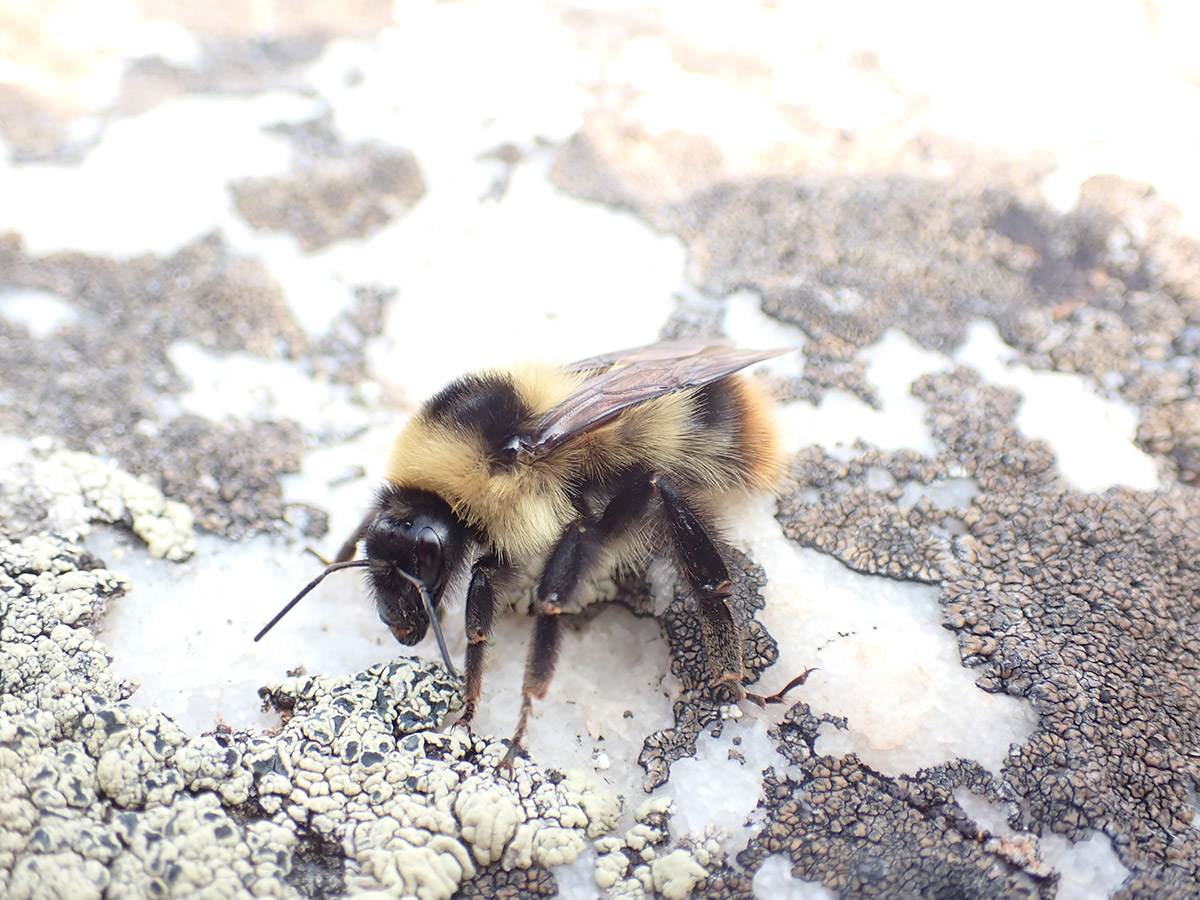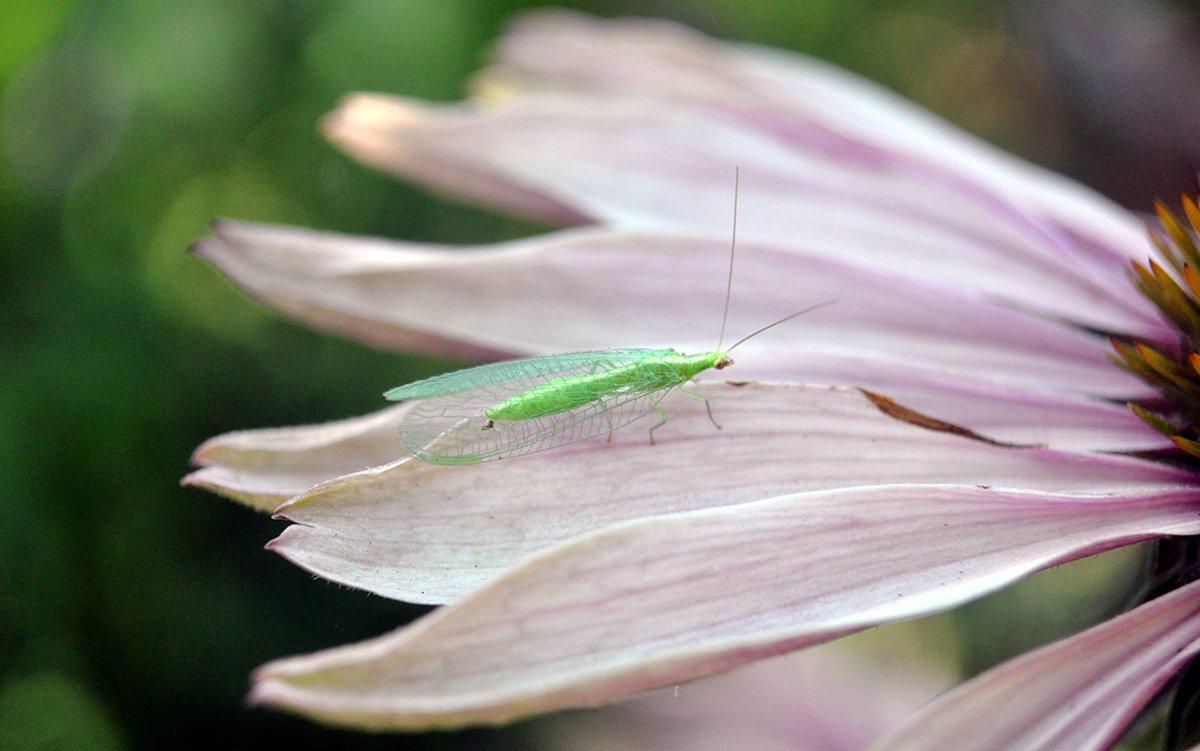When I was a kid, I would walk a couple blocks from my house to a little area that did not yet have houses and spend my days searching for lizards, turning over rocks to find a nest of ants or watching a caterpillar munch on a plant. Growing up in an urban area, I did not see many larger mammals, so ants, butterflies and fireflies were my connection to nature. I did not think of the difference between watching a bird or a bumble bee or catching a snake or a monarch butterfly – they were all wildlife to me.
Little did I know then that some state laws do not define monarch butterflies, bumble bees and other insects as wildlife, and this can make conservation of these animals much more difficult.

Why define insects as wildlife?
State wildlife agencies are at the forefront of wildlife conservation. Yet in states where insects are not defined as wildlife, these agencies often cannot put staff time or funding toward conservation of these animals.
There are several states that have little or no ability to manage and protect insects: Alaska, Arizona, Colorado, Nevada, Oregon, Pennsylvania, Utah, West Virginia and Wyoming; additionally, there are several other states with limited or unclear ability to conserve insects. This effectively means that insects are second class-animals. They are not treated the same as mammals, birds, fish, reptiles and amphibians.
For instance, the Oregon Department of Fish and Wildlife is only authorized to work on species according to its definition of wildlife, which does not mention insects. And while other agencies in the state have some insect-related roles, the focus of those agencies is not on wildlife conservation. In contrast, Washington state statute allows for the state Department of Fish and Wildlife to proactively work toward the conservation of insects.
In contrast, Nebraska state statute allows the Nebraska Game and Parks Commission to proactively work towards conservation of insects. Nebraska defines wildlife as, “...any nondomesticated species of the animal kingdom, whether reared in captivity or not, including any mammal, fish, bird, amphibian, reptile, mollusk, crustacean, arthropod, or other invertebrate and includes any part, product, egg, or offspring thereof or the dead body or parts thereof.”

Why state insect authority matters
Xerces has partnerships with state wildlife agencies across the United States. We have seen firsthand that without state authority to manage insect populations, insect conservation is much more challenging. This is not the fault of the people at these agencies – many are dedicated wildlife professionals that would jump at the chance to work on all imperiled animals – but they are not given the ability to do so.
This has practical implications. State wildlife agencies often lead in the monitoring and recovery of imperiled wildlife species, and these efforts can prevent the need to list species under the Endangered Species Act. State lands are sometimes the last best place for managing and protecting habitat for our declining bees, butterflies, mayflies and other insect species. There is also the issue of partnerships. To fully realize wildlife conservation, partnerships are vital and state agency involvement is very important. We need to protect and restore habitat for these animals across all landscapes, and these state regulations leave major geographic holes in the conservation landscape.
In states where wildlife agencies can get involved, great things happen. For instance, Washington just became the first state to adopt a statewide strategy to protect imperiled bumble bee species. Washington Department of Fish and Wildlife was a key partner in this project. We have worked with the Idaho Fish and Game to conserve monarch butterflies and with the California Department of Fish and Wildlife on a number of insect-related conservation projects. These projects are helping stem the decline of insects and may keep some of them off of US Endangered Species Act lists.

The path to ensuring all states can protect insect wildlife
There is now momentum to change laws in some of these states. A New York Times article in March highlighted this issue and a bill introduced in February in Nevada seeks to expand the definition of wildlife to include “non-pest invertebrate wildlife species of greatest conservation need.”
These statute changes must also come with funding. Many wildlife agencies are chronically underfunded and limited to focusing on game species that are funded through hunting and fishing licenses. Funding must come with efforts to expand the missions of these agencies to include conservation of imperiled insect wildlife.
State wildlife agencies are on the front lines of conservation, and to address the biodiversity crisis, we must give them the authority and funding to manage for all animals – including insects. Insects are at the foundation of our natural world, pollinating crops and plants, providing food for other wildlife, keeping our rivers and landscapes clean, and controlling pests. If we hope to maintain biodiverse landscapes, we need an all hands-on deck approach: all of the partners, for all of the wildlife.




